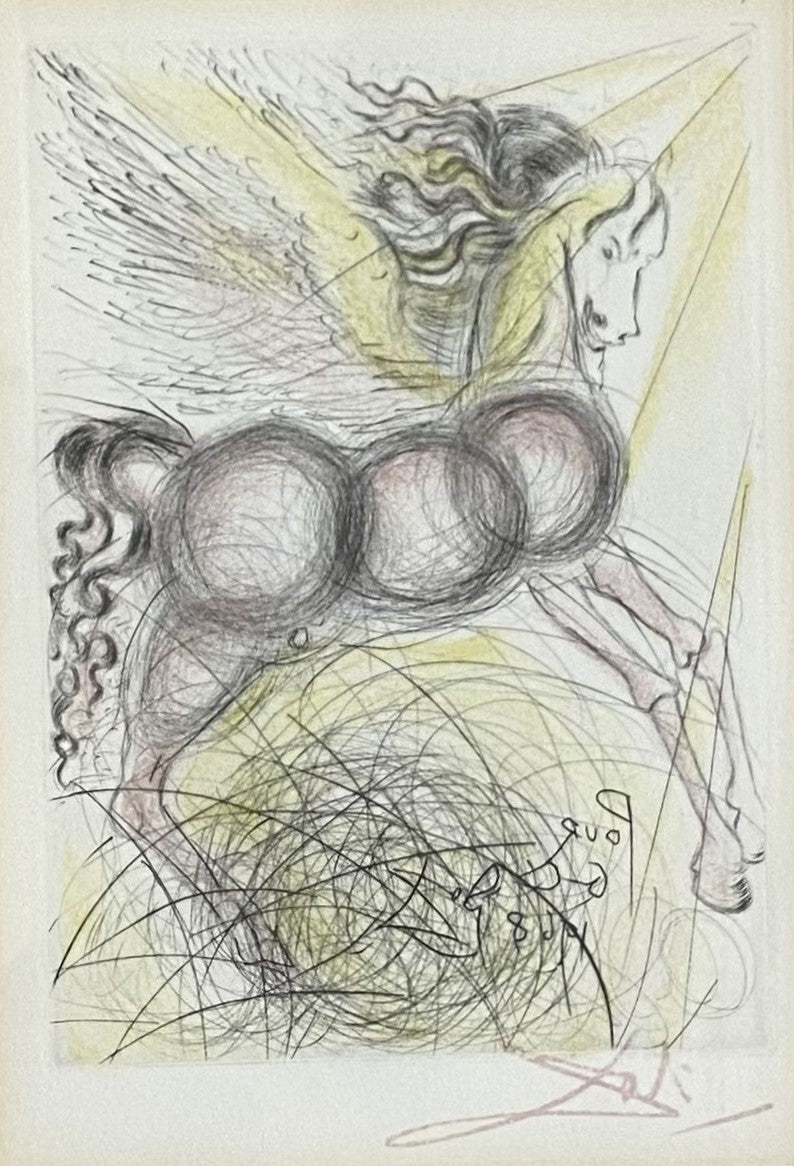Surrealism and Salvador Dalí: A Journey Through His Art and Life

Born in Figueres, Catalonia, Spain, Salvador Dalí (1904 – 1989) was a pioneer of Surrealism, a 20th-century avant-garde movement. Surrealism officially began with Dadaist writer André Breton’s 1924 Surrealist manifesto, but the movement is thought to have taken root through the dreamlike works of Giorgio de Chirico as early as 1917. De Chirico’s influence reached the Surrealists through German Dadaist Max Ernst who moved to Paris in 1922 as the Dadaist movement was waning.

During this time, Sigmund Freud’s groundbreaking theories of psychoanalysis were being explored and increasingly becoming mainstream. Freud’s ideas, like the concept of the unconscious mind, and his theory of dreams had a profound impact on the Surrealists. Dalí followed Freud’s line about the “superior reality of dreams,” arguing that it was in the dream state that the real truth of human existence resided (Gompertz). In keeping with a Surrealist goal, set out in the first “Manifesto of Surrealism,” of expressing “the true process of thought, free from the exercise of reason and from any aesthetic or moral purpose,” Dali sought to “systematize confusion and thus help to discredit completely the world of reality,” through painting “dreamscapes”. He produced these “dreamscapes” by putting himself into a trance to reach a state of “critical paranoia".
Dalí used a technique he called the “paranoiac-critical method” to tap into his subconscious mind and access a state of heightened creativity while being liberated from conventional logic and thought. This method involved isolation, physical fatigue, and sleep deprivation to induce hypnagogia (the transitional state of consciousness between sleep and wake where one may experience hallucinations). He would then intentionally induce feelings of paranoia and delusions. It’s been claimed that Dalí was aided by psychotropic drugs, but this appears to be nothing more than rumor. Dalí once declared, “I don’t do drugs. I am a drug.” There is more evidence to suggest he did not take drugs than there is to suggest he did.
Dalí trained at the San Fernando Academy of Fine Arts in Madrid from where he was eventually expelled for his radical and unconventional approach to art. There he mastered the traditional methods of illusionistic representation. In 1928, Dalí traveled to Paris where he met the Surrealists.

One of the most recognizable artworks of all time, The Persistence of Memory (1931), which Dalí painted two years after joining the Surrealists, is meant to disturb. Dalí’s aim was to paint with such precision and skill, blending his paints like a Renaissance master, figuring that the more realistic he could make his surreal images appear, the greater the chance they stood of frightening the viewer. With its melting clocks draped over a barren landscape, the painting embodies the concept of time's fluidity and the subjective nature of reality. In his usual fashion, Dalí embedded symbolism, hidden meanings, and references into this work. It is a painting largely about sexual impotence (Dalí’s great fear), the relentlessness of time, and the indignity of death. Themes of decay, sexuality, mortality, and the illusion of time are recurring motifs in his artwork.
Dalí’s personal life was as eccentric and surreal as his art. He had a tense relationship with his father. Dalí’s defiance and desire to break away from his father's expectations were reflected in his embrace of unconventional art and thought. At 16, his mother (with whom he shared a close and affectionate relationship) died tragically of breast cancer, leaving a profound impact on his emotional state. Dalí's art often incorporated elements from his childhood memories and experiences. The landscapes of his hometown, Figueres, and the surrounding Catalonian countryside, as well as his early exposure to Renaissance art, left a lasting impression on his work.
Gala, a Russian-born artist and writer, played a pivotal role in Dalí's life. They met in the 1920's and became romantically involved much to his father's displeasure. Gala became his lifelong muse and was featured in many of his paintings, representing different archetypal symbols and aspects of Dalí's psyche. The couple married in 1934 and remained together until Gala's death in 1982. Salvador Dalí had several affairs during his marriage to Gala. Despite being deeply devoted to Gala, Dalí's personal life was marked by his romantic relationships with other women. Gala herself was known for her own extramarital affairs. Despite their unconventional relationship, Salvador Dalí and Gala remained together until her death in 1982. Their relationship was characterized by a mix of intense passion, mutual support, and moments of conflict. Dalí's artistic output was profoundly influenced by his complex emotions and the dynamics of his marriage to Gala, making their relationship an integral part of his life and work.
The Spanish Civil War (1936-1939), the rise of fascism, and the outbreak of World War II led many leading European artists to move to the United States. By 1941, Dalí, along with Andre Breton, Fernand Leger, Piet Mondrian, and Max Ernst were living in New York, where they had a strong impact on the art scene. American abstract artists were most deeply affected by the ideas of the Surrealists, from which they evolved Abstract Expressionism.
Salvador Dalí's life experiences, from his relationships and childhood memories to his unyielding exploration of the subconscious mind, deeply influenced his artistic vision, making him one of the most celebrated and enigmatic artists of the 20th century. A flamboyant persona beyond his artistic talent, complete with his signature curled mustache and peculiar fashion choices, garnered significant attention and led to the creation of his own personal brand. Working off psychoanalytic ideas, Dalí helped cement the movement’s identity. In 1974, Dalí established the Dalí Theatre-Museum in his hometown of Figueres, which now houses one of the largest collections of his works.

(Cover image and Figure 1: Salvador Dalí, The Persistence of Memory, 1931. Figure 2: Salvador Dalí, Geopoliticus Child, 1943.)






Leave a comment